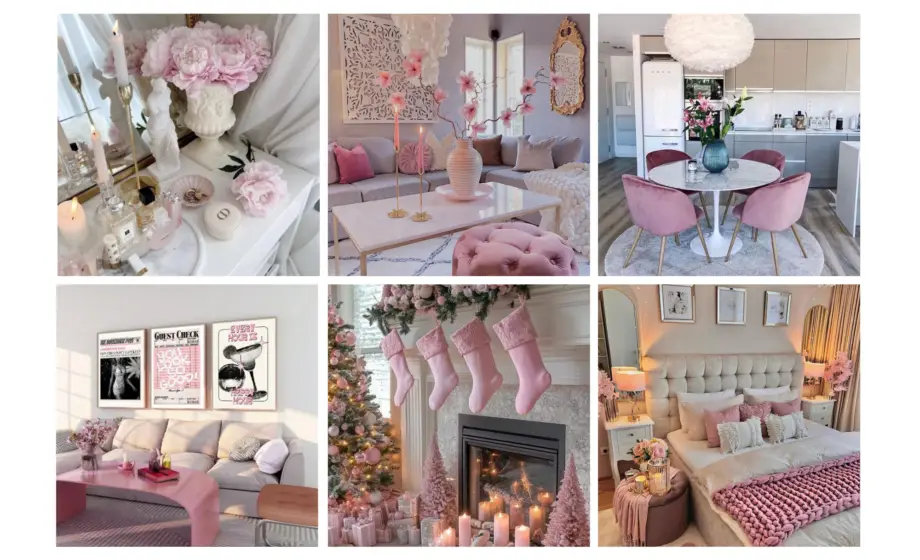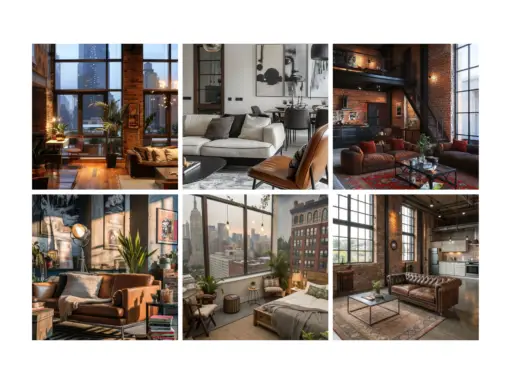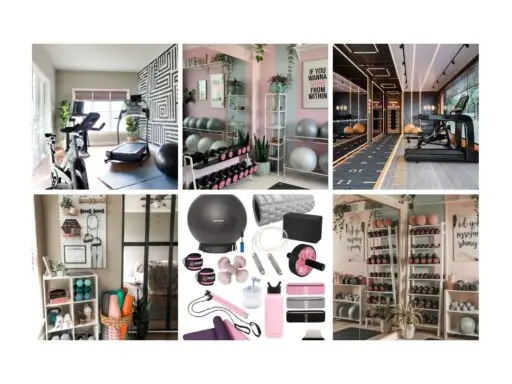Creating a home interior that reflects your style can be a rewarding process. Discovering the top five trends in home design will help you transform your space into a comfortable and inviting environment. By understanding these popular elements, you can make informed decisions that enhance the aesthetics and functionality of your home.
Your interior design choices can significantly impact your daily life and well-being. By exploring these five influential trends, you will be equipped to choose styles that resonate with your personal taste while also elevating your home’s overall appeal.

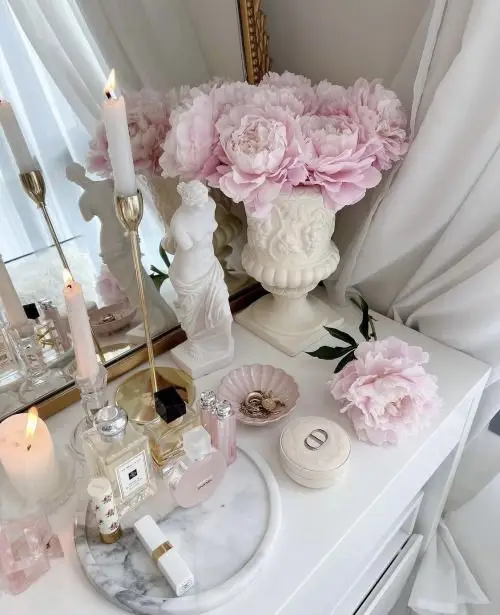
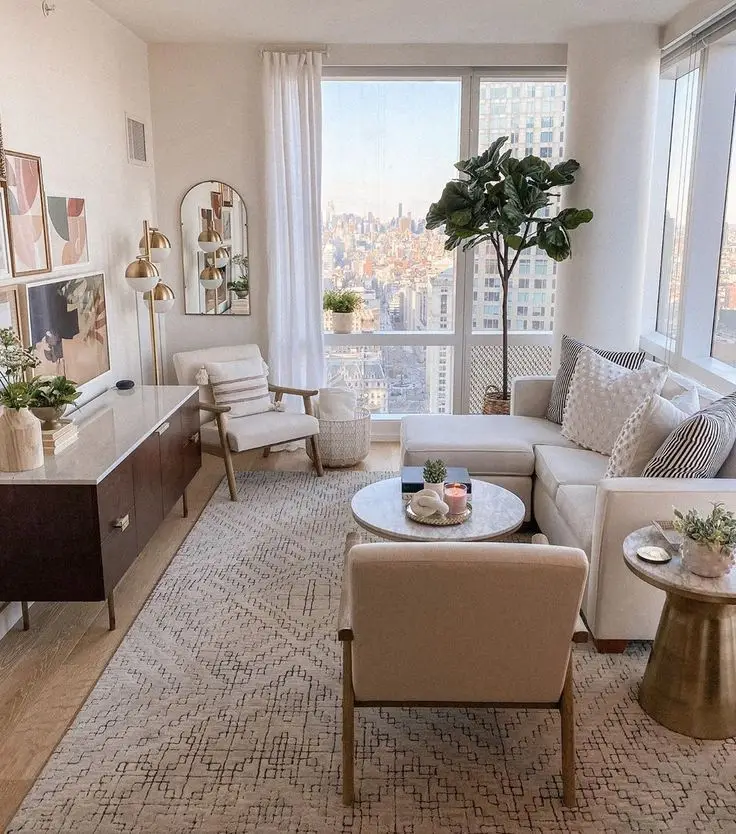
1) Mid-Century Modern Sofa
The Mid-Century Modern sofa is a classic piece that enhances any living space. Originating in the 1940s to the 1960s, this design combines form and function seamlessly.
Characterized by clean lines and organic shapes, it emphasizes simplicity. The use of wood and upholstered fabric creates a warm and inviting look.
You can find various styles, from low-slung profiles to tapered legs. These features make it adaptable to both minimalistic and eclectic interiors.
Color choices often range from muted tones to bold hues, allowing for personalization. The versatility of the Mid-Century Modern sofa complements diverse decorating styles.
In terms of comfort, they tend to provide firm support, suitable for various seating needs. Investing in a quality piece can enhance your space’s aesthetic for years.
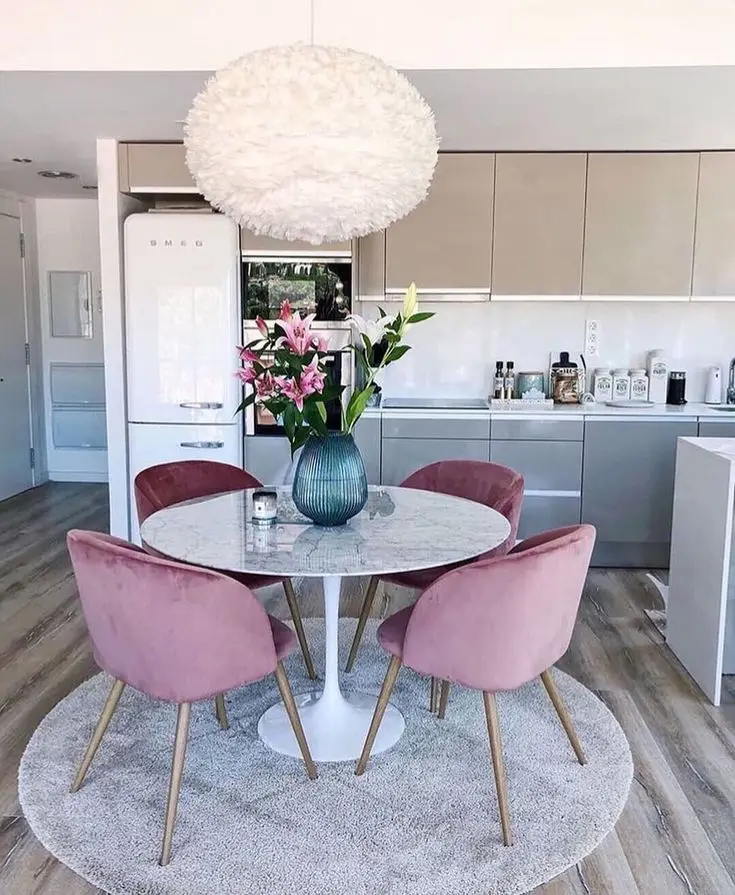
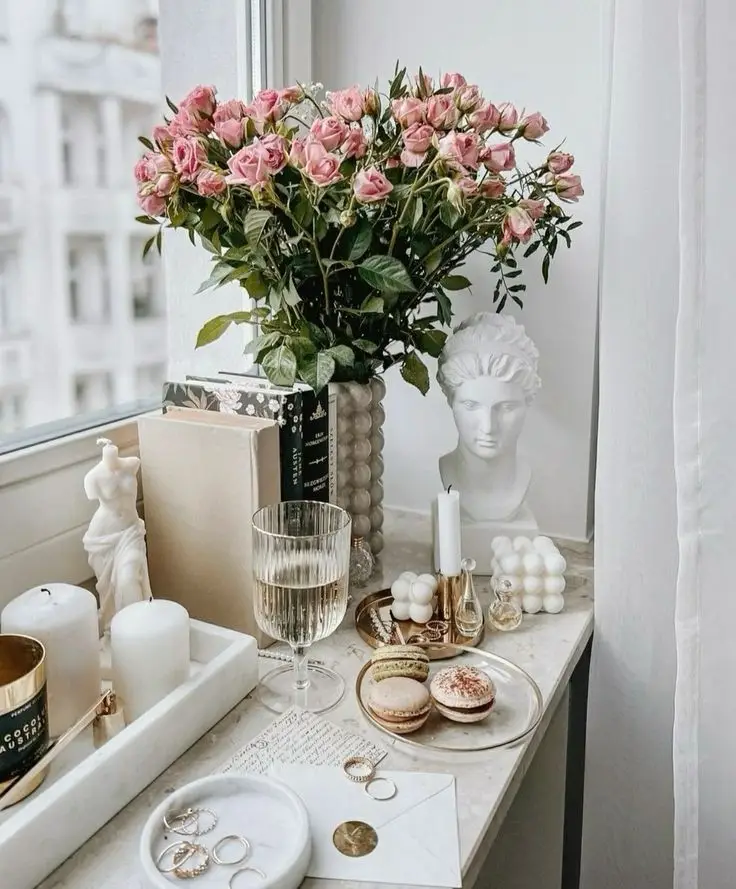
2) Industrial Floor Lamp
An industrial floor lamp can elevate your living space with its bold design and functional lighting. Characterized by materials like metal and exposed bulbs, this lamp style adds an edgy touch to various interiors.
You can use an industrial floor lamp to create a statement in your room. Placing it beside a couch or in a reading nook enhances both aesthetics and functionality.
These lamps often have adjustable heights and angles, allowing you to direct light where you need it most. This versatility makes them suitable for various tasks, from reading to illuminating artwork.
Choosing an industrial floor lamp can blend seamlessly with other decor styles. Whether your space is modern, rustic, or eclectic, this type of lamp complements your furniture and accessories effectively.
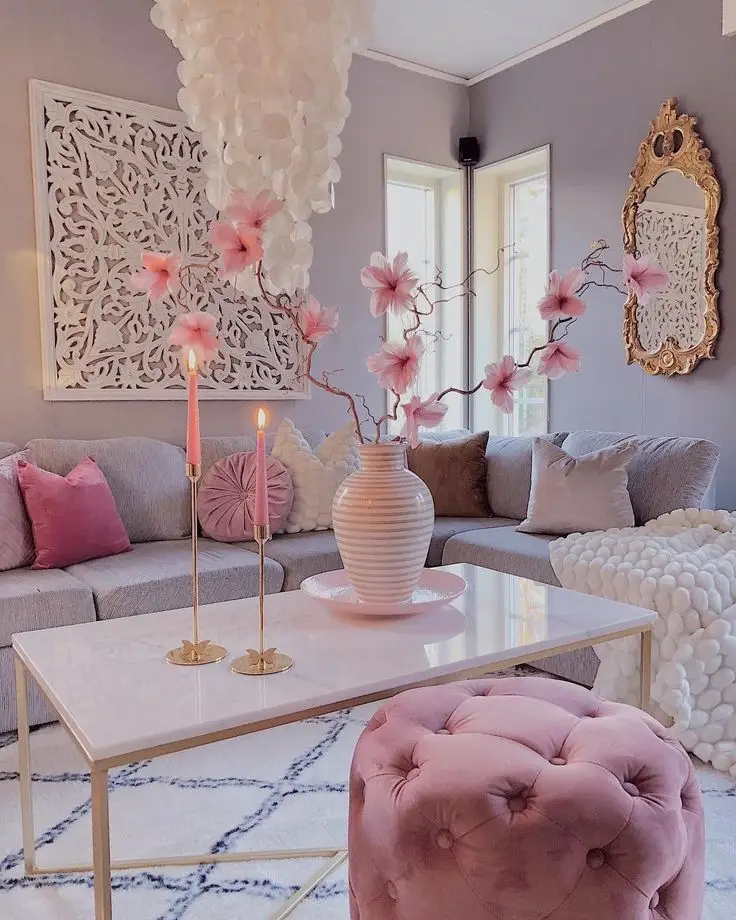

3) Bohemian Woven Wall Hanging
A Bohemian woven wall hanging adds texture and warmth to any room. Its unique patterns and fibers create an artistic focal point that complements various decor styles. You can choose from a range of materials, such as cotton, wool, or jute, depending on your preference.
These wall hangings often feature fringe designs, knots, and intricate weavings. This craftsmanship enhances the tactile experience of your space. Hanging one above a bed, couch, or desk can instantly elevate the room’s ambiance.
To maintain the Bohemian feel, mix and match your wall hanging with other decor elements. Consider incorporating plants, earthy tones, and varied textures. This combination can create a harmonious and inviting environment.
Whether you opt for bold colors or neutral tones, a woven wall hanging can express your personal style. It serves as a conversation starter and reflects your individuality. This piece is versatile enough to adapt to changes in your decor over time.


4) Scandinavian Design Sideboard
Scandinavian design emphasizes simplicity, functionality, and minimalism. A sideboard in this style can enhance your space with its clean lines and uncluttered look.
These sideboards often feature natural materials like wood, showcasing beautiful grains. The use of light colors, such as whites and pale woods, helps to create a sense of openness in your home.
Functionality is key in Scandinavian design. Sideboards typically offer ample storage for dishes, linens, or media equipment while maintaining a sleek appearance.
You can place a Scandinavian sideboard in various rooms, from dining areas to living rooms. It serves not only as a storage solution but also as a design statement.
Consider incorporating decorative items like plants or unique vases on top. This adds a personal touch while keeping the overall look restrained and elegant.
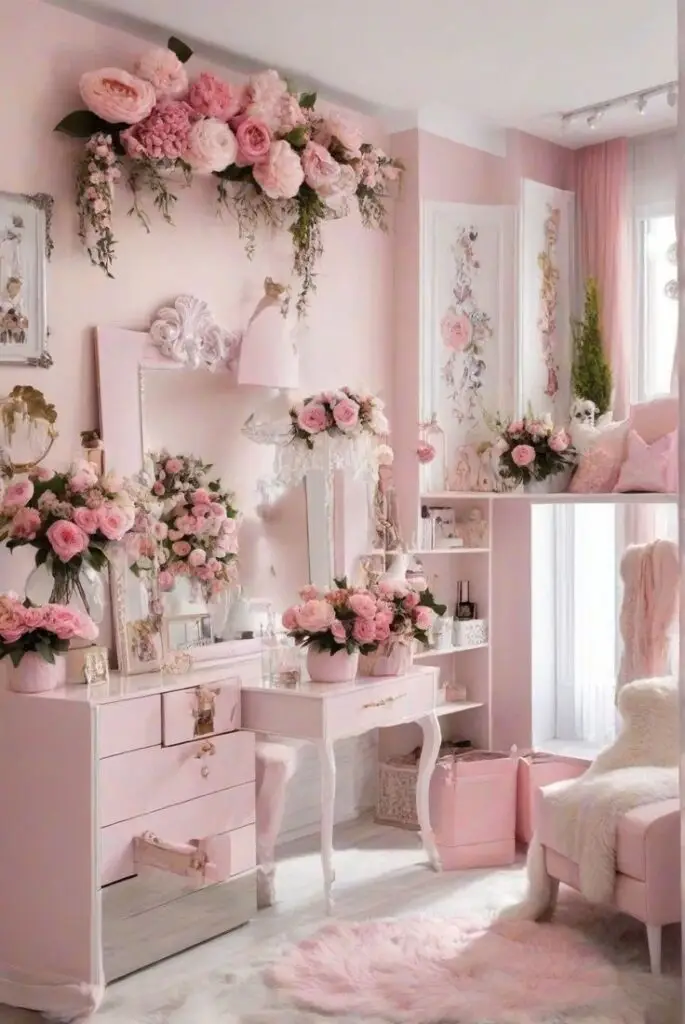

5) Art Deco Coffee Table
An Art Deco coffee table can elevate your living space with its bold designs and luxurious materials. Characterized by geometric shapes and rich colors, this style offers a unique blend of elegance and modernity.
When choosing an Art Deco coffee table, consider options made from materials like glass, chrome, or hardwood. These tables often feature intricate patterns and striking finishes that serve as a focal point in your room.
Placement is key. Position your coffee table in a way that invites conversation and showcases its design elements. Pair it with complementary furniture to enhance the overall aesthetic.
Maintaining an Art Deco coffee table is straightforward. Regular dusting and occasional polishing help keep it looking fresh and vibrant. This investment in style and quality can create a timeless look in your home.
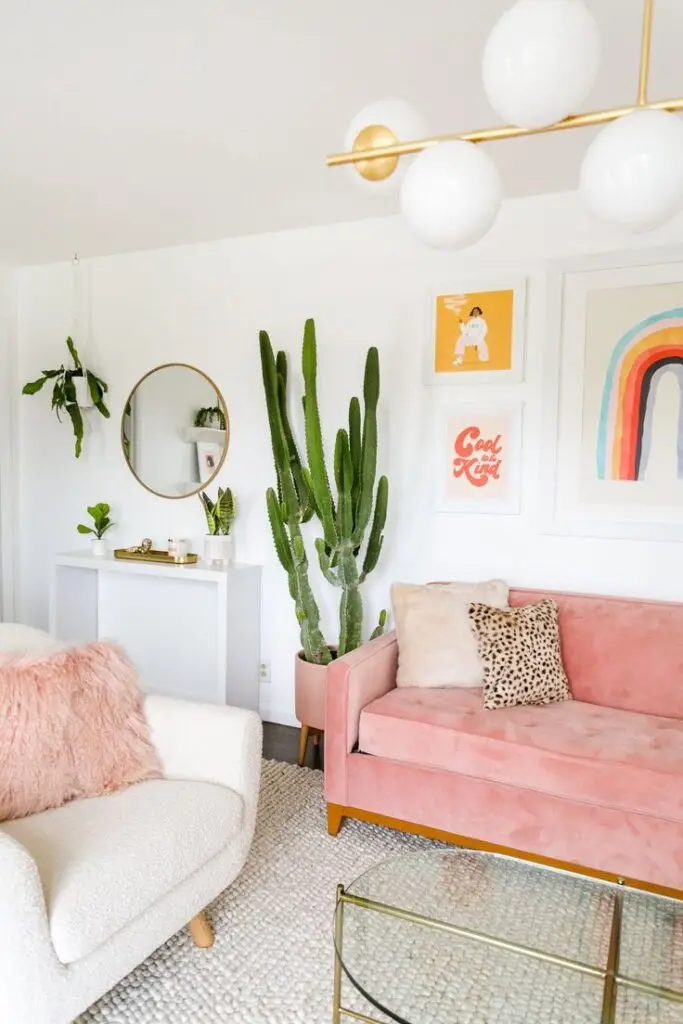
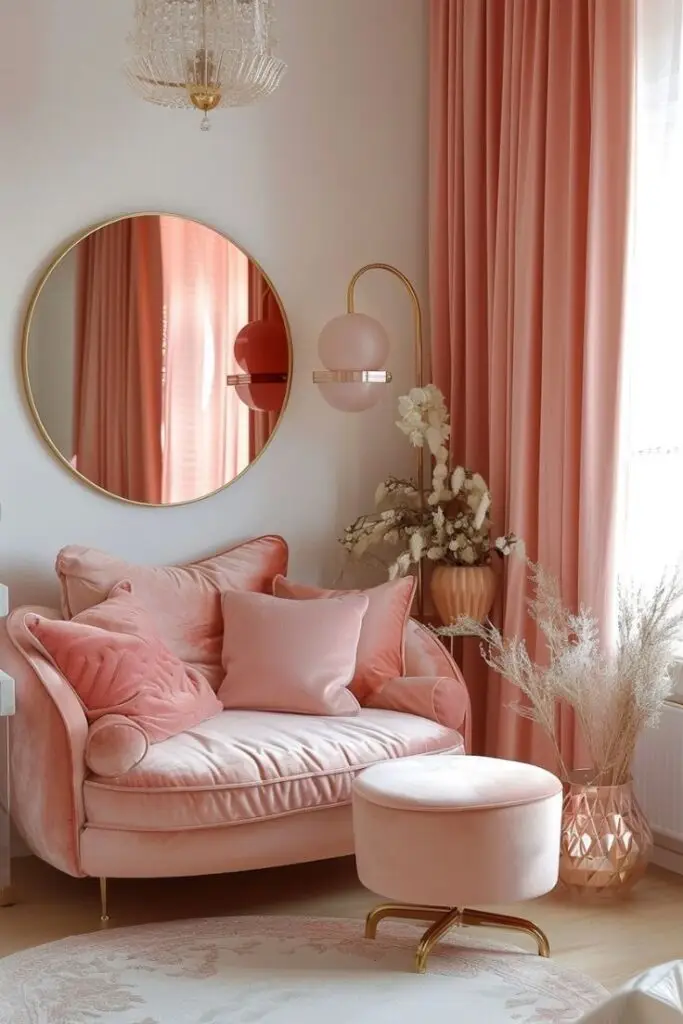
Interior Design Principles
Understanding fundamental interior design principles can help you create spaces that feel harmonious and inviting. Here are two essential aspects: balance and symmetry, as well as color theory, which play crucial roles in achieving aesthetic appeal.
Balance and Symmetry
Balance refers to the visual weight distribution in a space. It can be symmetrical or asymmetrical. Symmetrical balance involves creating a mirrored effect. For example, placing identical lamps on either side of a sofa offers a uniform look.
Asymmetrical balance is more dynamic and involves arranging items of varying sizes and shapes to achieve harmony. For instance, pairing a large painting with smaller decor pieces can create visual interest. You can also use color and texture to enhance balance, ensuring that no single element overwhelms the space.
Color Theory in Design
Color theory is integral to interior design decisions. Colors evoke emotions and can influence the perception of space. Warm colors like red and orange can make a room feel cozy but may also energize the atmosphere. Cool colors, such as blues and greens, promote calmness and can make a space appear larger.
When selecting a color palette, consider the 60-30-10 rule: use 60% of a dominant color, 30% of a secondary color, and 10% for an accent color. This approach creates a balanced and visually appealing environment. Additionally, the finish of colors—matte, glossy, or satin—affects how light interacts with the colors in your space.
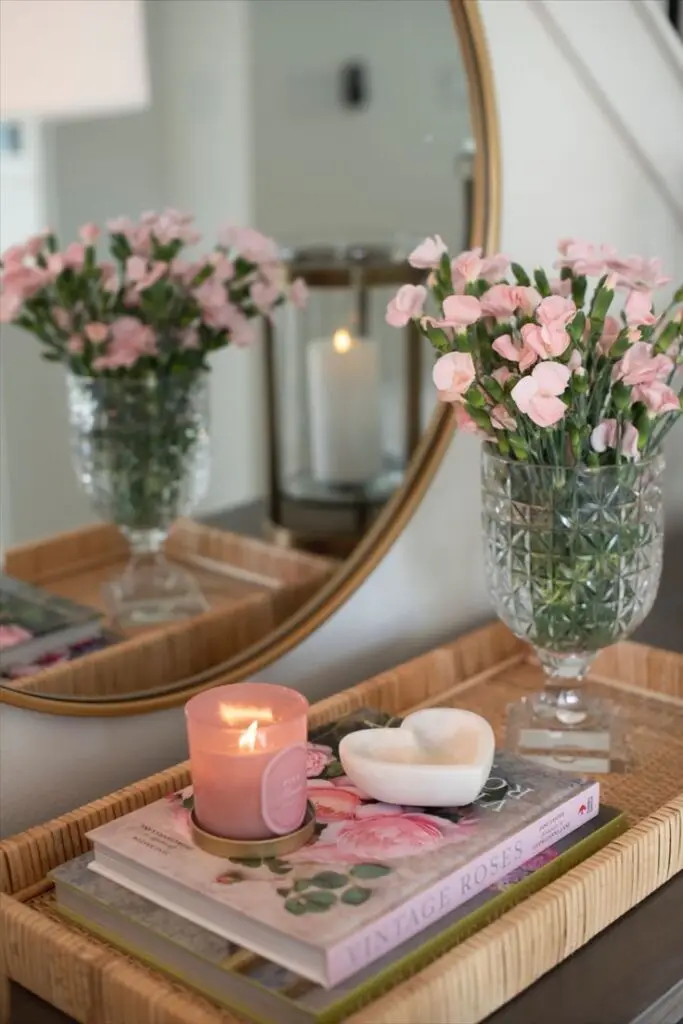

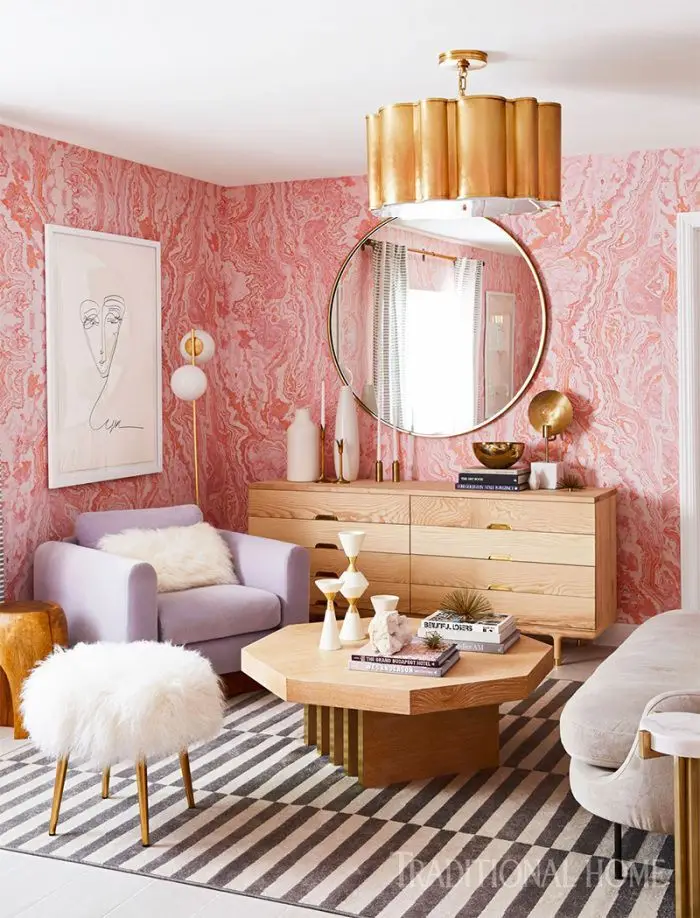
Choosing the Right Furniture
Selecting the right furniture is essential for creating a harmonious home. You should consider functionality, style, and comfort.
1. Assess Your Space
Measure your rooms to determine what size furniture fits best. Consider how much space you have for movement and placement.
2. Define Your Style
Identify a design style that resonates with you. Options may include modern, rustic, traditional, or eclectic. Choose pieces that reflect this style.
3. Prioritize Comfort
Test furniture for comfort before purchasing. Sit on sofas and chairs to ensure they meet your comfort needs.
4. Material Choice
Think about the materials used in your furniture. Options include wood, metal, glass, or upholstery. Choose materials that suit your lifestyle and care preferences.
5. Make it Functional
Select multifunctional pieces where possible. A sofa bed or storage ottoman can enhance both usability and space efficiency.
When shopping, consider budget and quality. Make informed choices to balance cost and durability. Keep in mind your routine and how furniture will fit into daily life.
Remember, the right furniture enhances your home’s aesthetic and functionality.



Lighting Techniques
Effective lighting is crucial in enhancing your home interior. It creates an inviting atmosphere while also fulfilling practical needs. The right blend of ambient and task lighting can transform your spaces.
Ambient Lighting Strategies
Ambient lighting serves as the foundation of your home’s illumination. It provides general light and ensures visibility throughout the room. You can achieve this through various fixtures such as ceiling-mounted lights, chandeliers, and wall sconces.
Considerations for Ambient Lighting:
- Layering: Mix different light sources to create depth.
- Dimmers: Use dimmer switches to adjust the intensity as needed.
- Color Temperature: Opt for warm white bulbs (2700K-3000K) for a cozy feel.
By balancing ambient lighting with natural light sources, such as windows, you can optimize the overall brightness of the room.
Task Lighting Solutions
Task lighting is designed to illuminate specific areas where activities occur, such as reading or cooking. This type of lighting should be brighter and more focused than ambient light.
Options for Task Lighting:
- Desk Lamps: Ideal for home offices and study areas.
- Under-Cabinet Lighting: Great for kitchens, providing direct light on work surfaces.
- Spotlights: Useful for highlighting art or features in your space.
Position these lights carefully to avoid glare, ensuring they serve their intended purpose effectively. When implemented correctly, task lighting enhances functionality and comfort in daily activities.


